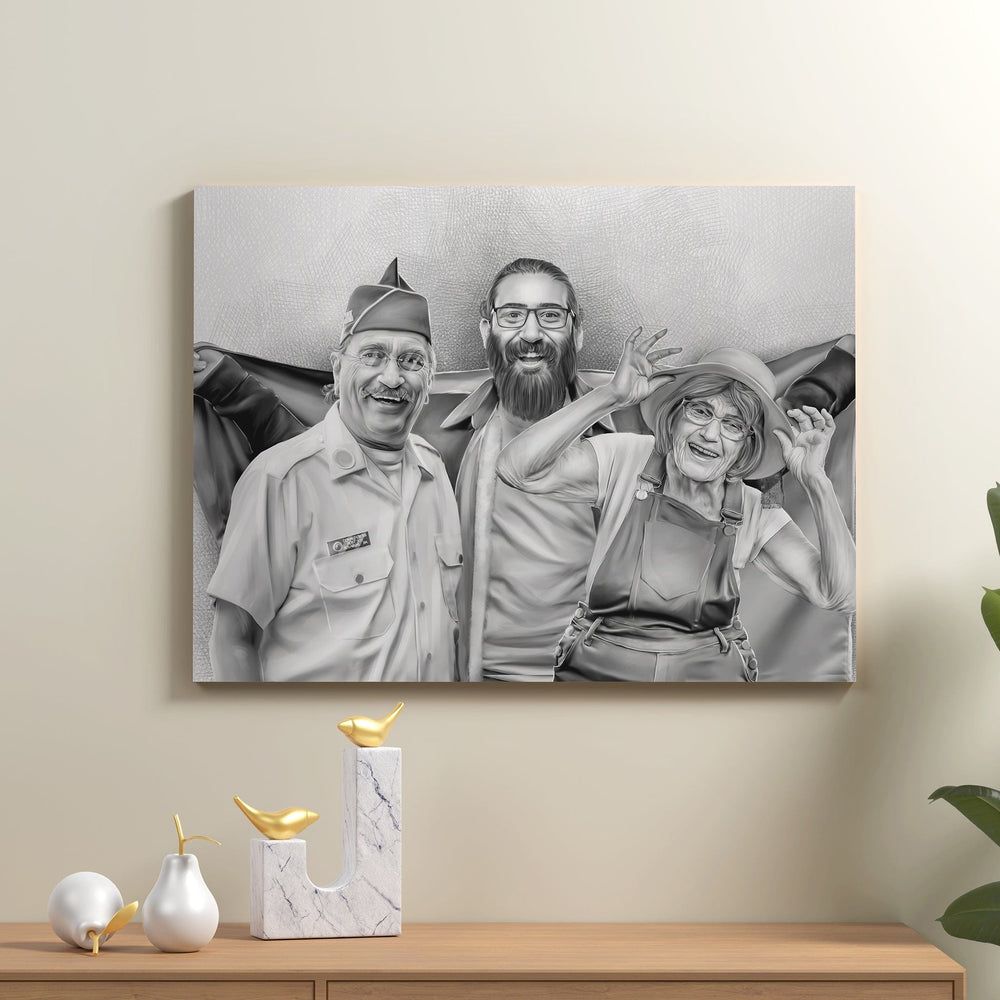Understanding The Impact of The Famous Art Critics on the Art World

Art criticism is the discipline of analyzing and interpreting works of art through an unbiased perspective. Famous art critics have examined an artwork's components, manner, cultural production, and the artist's intent to gain a deeper appreciation and understanding of the piece.

Image by StockSnap from Pixabay.
In the 20th century, art critics can be powerful advocates for artists and movements, and they can also be critical of work that they believe is not up to standard. They can help to discover new talent, promote new ideas, and challenge the status quo.
What is an Art Critic?
An art critic is a person who specializes in analyzing, interpreting, and evaluating art. They write about art for various publications, from newspapers and magazines to specialized art journals.
These people typically have a strong knowledge of art history and theory. They use this knowledge to analyze and interpret works of art and to assess their quality.
What Does an Art Critic Do?

Purchase an artwork of your combined photos here.
Art critics typically attend art exhibitions and write reviews for publication. Their reviews can help to inform the public about new exhibitions and to provide critical analysis of the work on display.
Some art critics also work as curators or consultants for museums and galleries. In these roles, they help to select and display works of art and to develop educational programs and publications.
With the advent of technology to combine photos, film, and digital art, critics have had to adapt their methods and vocabulary to assess these new forms of expression.
The Most Famous Art Critics In The Past and Present
John Ruskin
John Ruskin was a British art critic, social reformer, and writer. He began writing about art in the 1840s, and his first significant work was Modern Painters (1843-60). His encounter with J. M. Turner's work in 1836 would be a pivotal moment in his life. He celebrated the intricacies and irregularities of nature and art, often emphasizing the imperfect and the irregular as sources of true beauty.
Charles Baudelaire
Charles Baudelaire's art criticism was often controversial, but he was also one of his time's most insightful and influential art critics. He admired the work of artists such as Eugène Delacroix, Gustave Courbet, and Édouard Manet. He believed that art should be challenging and thought-provoking and reflect the complex and contradictory realities of the modern world.
Robert Hughes
Robert Hughes' role as the chief art critic for Time magazine from 1970 to 2001 brought his critiques to a global audience. Hughes was known for his sharp wit, extensive knowledge, and his ability to make art accessible to a wide readership. He also shared a controversial statement that Jeff Koons and Damien Hurst were only repulsive market manipulators and hardly genuine artists.
Roberta Smith

Order your pencil portrait here.
Roberta Smith is an American art critic and journalist. Smith has exhibited a remarkable ability to engage with and evaluate various art forms, from traditional paintings, like pencil portraits, to contemporary installations. She has a unique talent for translating complex art concepts into understandable language, making art more approachable for a broad audience.
John Berger
John Berger, an English art critic, wrote Ways of Seeing (1972), a groundbreaking art criticism that examines the relationship between images and power. Berger delved into how art is perceived and the role of the viewer. He argued that our preconceptions and cultural biases influence how we interpret art, challenging the established norms of art criticism.
John Canaday
John Canaday was a conservative critic who strongly advocated for traditional representational art. He was particularly critical of Abstract Expressionism, the dominant art style at the time. His writings provided readers with in-depth insights into the works of both established and emerging artists.
Donald Judd
Although primarily known as a renowned artist, Donald Judd contributed significantly to art criticism. His academic background at Columbia University gave him a strong foundation for his future work as an artist and a critic.
Known Examples of Art Criticism
John Ruskin's Critique of Edwin Landseer's "The Old Shepherd's Chief Mourner"

Purchase a dog portrait for your home here.
The painting depicts a dog lying on its master's grave, and it was widely praised for its emotional realism. However, Ruskin was not impressed. According to him, the dog portrait is sentimental but a false representation of nature. He argued that dogs are not capable of experiencing grief in the same way that humans do.
Clement Greenberg's Critique of Jackson Pollock's "Autumn Rhythm"
A prominent art critic, Greenberg praised Pollock's "Autumn Rhythm" as a groundbreaking example of Abstract Expressionism. He lauded Pollock's technique and the painting's rejection of traditional representation.
How To Become An Art Critic

Get a charcoal drawing of your favorite photo here.
Start by developing a genuine passion for art. Visit galleries, museums, exhibitions, or an online marketplace to immerse yourself in art. If you don't have an art-related degree, self-education is essential. Read books, attend art history lectures, and take online courses to expand your knowledge.
Practice critiquing art by writing reviews and analyses. Start with local exhibitions featuring artworks like couple charcoal drawings, abstract paintings, or portraits. Focus on developing your critical eye and articulating your thoughts about art.
The best way to become an art critic is to start writing about art. You can start by writing for a school newspaper or magazine or creating your blog or website. Practice writing essays, reviews, and articles about art.
Start a Creative Conversation About Artworks from Memorialize Art
A Memorialize Art artwork is well-composed and has a strong emotional impact. Encourage your visitors to engage with it, let them analyze its meaning, and interpret its significance. Unravel the stories and meanings hidden within this incredible artwork and make it a conversational piece at your home or office.










